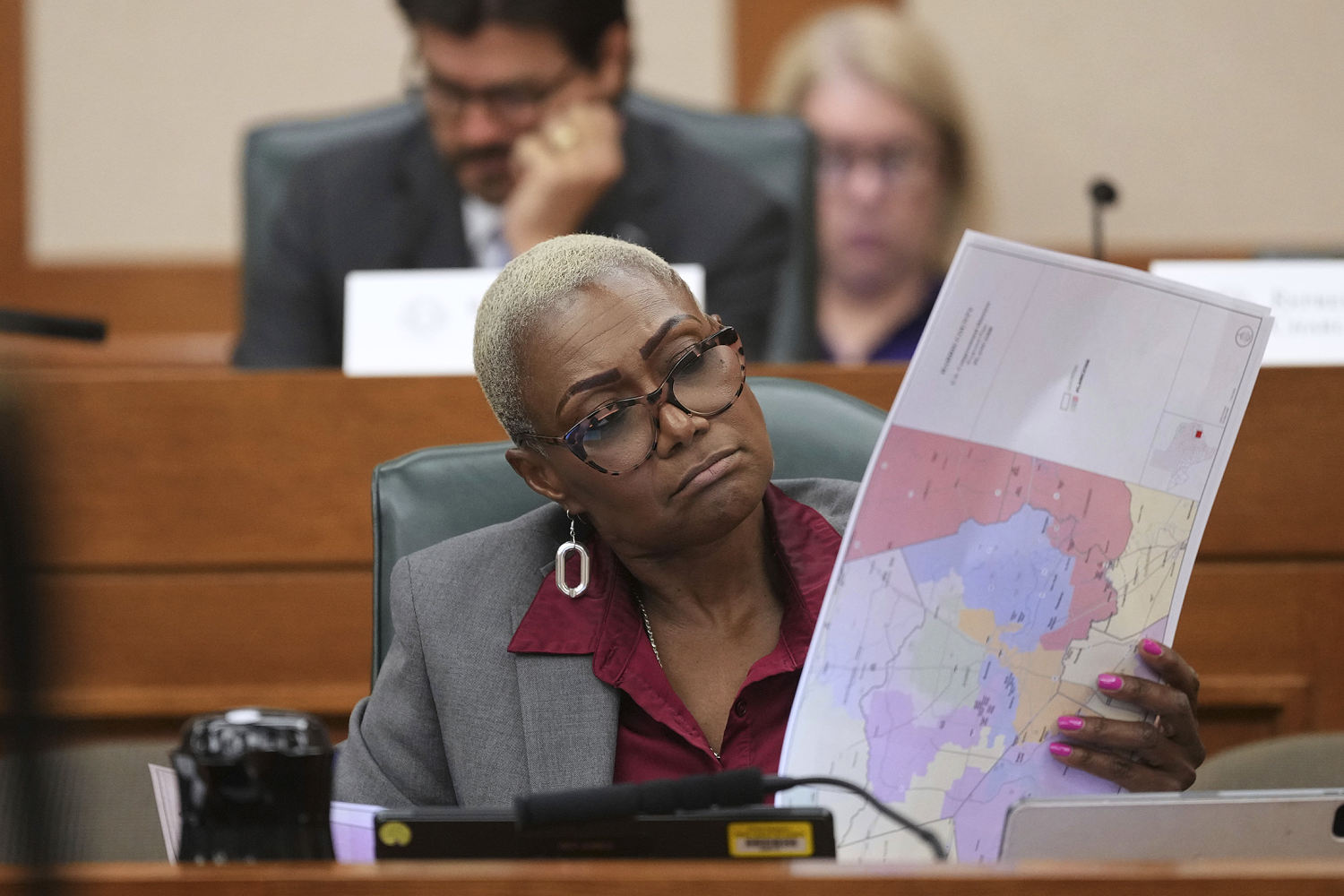AI Sentiment: Bearish
Reason: The Supreme Court's ruling may lead to increased partisan gerrymandering, undermining fair representation and accountability in electoral politics.
The recent rulings from the Supreme Court have significantly impacted the power of states regarding redistricting, altering the landscape of electoral politics across the nation. This decision reinforces the authority of state legislatures to draw congressional district lines without restrictions, raising concerns about potential partisan gerrymandering and its implications for fair representation.
In a series of cases, the Court emphasized that state legislatures possess broad discretion when it comes to determining district boundaries. This ruling allows for a more aggressive approach to gerrymandering, where the political party in power could manipulate district lines to favor their candidates. The implications of this ruling are profound, as it could enable states to create districts that dilute the voting power of certain demographic groups, ultimately affecting electoral outcomes.
The decision comes at a time when many states are preparing to redraw their district maps following the 2020 Census. As a result, the potential for partisan bias in the redistricting process has intensified, with both major political parties seeking to capitalize on this opportunity. Critics argue that this unchecked power could lead to a lack of accountability and transparency in the electoral process, undermining the principle of fair representation.
Furthermore, the Supreme Court's stance has sparked a national debate about the need for reforms in the redistricting process. Advocates for electoral reform are calling for independent commissions to oversee redistricting, aiming to minimize partisan influence and ensure that district lines are drawn fairly. The lack of federal guidelines on this issue has left states to navigate a complex landscape, further complicating efforts to achieve equitable representation.
As the implications of these rulings unfold, it remains to be seen how states will approach the redistricting process and whether reforms will gain traction in response to these developments. The future of electoral politics may very well hinge on how states choose to exercise their newfound powers in drawing district lines, with the potential to reshape the political landscape for years to come.




